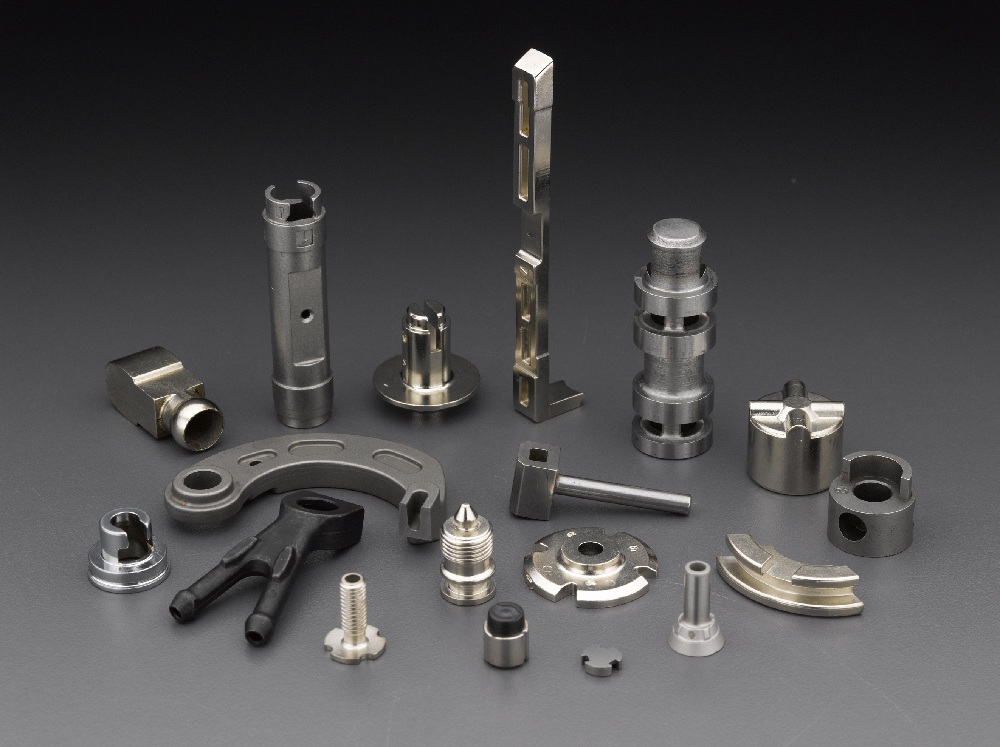MIM Manufacturing: Revolutionising Precision Component Production

When examining the landscape of modern precision manufacturing, AMT’s MIM manufacturing stands as a testament to innovation that bridges the gap between design complexity and production efficiency. This sophisticated process represents more than just another manufacturing method; it embodies the evolution of industrial capability, where the marriage of metallurgy and injection moulding creates possibilities that were once deemed impossible. Advanced metal injection processing techniques have opened new frontiers in precision component production.
Understanding the MIM Manufacturing Revolution
Metal Injection Moulding has fundamentally altered how we approach the creation of intricate metal components. At its core, this process combines fine metal powders with polymer binders to create a feedstock that flows like plastic yet delivers the strength and durability of traditional metals. The implications of this technological advancement extend far beyond simple cost savings; they reach into the very heart of what makes modern manufacturing competitive.
The process unfolds through four critical stages, each demanding precision and expertise:
- Feedstock Preparation: Metal powders are mixed with thermoplastic binders in precise ratios, typically achieving a 60:40 volume ratio of metal to binder
- Injection Moulding: The feedstock is heated and injected into moulds under high pressure, creating “green parts” with the desired geometry
- Debinding: Polymer binders are carefully removed, leaving behind porous, fragile “brown parts”
- Sintering: High-temperature furnaces fuse metal particles, achieving 96-99% theoretical density
During the injection moulding phase, the feedstock is heated and injected into moulds under high pressure, much like traditional plastic injection moulding. The resulting “green parts” contain the desired geometry but require further processing to achieve their final properties.
The Critical Transformation Phases
Debinding: Removing the Foundation
The debinding process represents perhaps the most delicate phase of manufacturing. Here, the polymer binders that allowed the metal particles to flow must be carefully removed, leaving behind a porous, fragile “brown part” that requires extraordinary care in handling.
Sintering: Forging Strength Through Heat
The final transformation occurs in high-temperature furnaces where metal particles fuse through sintering. This process densifies the parts to 96-99% of theoretical density, creating components with mechanical properties comparable to wrought metals. The precision required during this stage cannot be overstated; manufacturers must account for 15-20% shrinkage by scaling moulds appropriately.
Industries Revolutionised by MIM Technology
The reach of this manufacturing approach extends across sectors that demand both precision and reliability:
- Medical Devices: Surgical instruments, orthodontic brackets, and implants benefit from the biocompatibility and intricate geometries possible through this process
- Automotive Industry: Critical components such as gears and turbocharger parts leverage the technology’s ability to create complex internal structures
- Electronics Sector: Miniaturised components for mobile devices and sensors capitalise on the precision tolerances achievable
- Aerospace Applications: Engine components and structural elements utilise the strength-to-weight ratios and complex geometries possible
The Compelling Advantages
Metal injection moulding can support large production quantities of metal parts with complex geometries and details, making it ideal for industries requiring precision parts with tight tolerances. As industry experts note, “MIM can accurately produce features such as internal and external threads, undercuts, gear teeth, slots, holes, fins, surface markings, and engravings without the need for secondary machining and fabrication processes.” The technology offers several transformative benefits:
The ability to create complex geometries that would be prohibitively expensive or impossible through traditional machining represents perhaps the most significant advantage. Internal threads, undercuts, and intricate surface features can be moulded directly, eliminating secondary operations.
Dimensional tolerances of ±0.3-0.5% are achievable, surpassing many alternative manufacturing methods. As manufacturing specialists observe, “To offset the shrinkage that occurs in the parts between their green stage and sintered stage, manufacturers scale the part, just like injection moulding. So the green part is usually 15-20% larger than the finished part.” This precision proves crucial in applications where fit and function cannot be compromised.
Material efficiency stands as another compelling benefit. Unlike subtractive manufacturing processes that generate significant waste, MIM utilises virtually all material input, making it particularly cost-effective when working with expensive alloys.
Navigating the Challenges
However, this manufacturing approach is not without its limitations. The high initial capital investment required for specialised equipment and precision tooling can be substantial. The equipment includes injection moulding machines, debinding ovens, and sintering furnaces, which can be expensive, especially for companies new to the process.
Size constraints present another consideration. The technology proves most effective for components under 100 grams, as larger parts can compromise mould capacity and increase processing costs significantly.
Lead times for new moulds and design changes can extend production schedules, particularly for complex geometries requiring intricate tooling.
The Future Landscape
As industries continue demanding greater miniaturisation, increased complexity, and improved performance from metal components, this manufacturing technology stands positioned to meet these challenges. The integration of advanced quality control methods, including industrial computed tomography scanning, enables manufacturers to detect internal defects and optimise processes with unprecedented precision.
The environmental implications also merit consideration. The technology represents a potentially green approach due to a significant reduction in wastage compared to traditional manufacturing methods, though older operations may generate emissions requiring careful management.
Making the Strategic Decision
For manufacturers evaluating whether to embrace this technology, several factors demand careful consideration. Volume requirements, part complexity, material specifications, and total cost of ownership all influence the decision matrix.
Companies producing high volumes of small, complex metal parts will find the most compelling business case. Those requiring intricate geometries that would necessitate multiple machining operations particularly benefit from the single-step capability.
The technology’s ability to work with a broad range of materials, from stainless steels to titanium alloys and speciality metals, provides flexibility that traditional processes often cannot match.
As we look towards the future of precision manufacturing, one truth emerges with clarity: AMT’s MIM manufacturing represents more than a production method; it embodies the intersection of materials science, engineering precision, and manufacturing efficiency that defines competitive advantage in today’s global marketplace.






